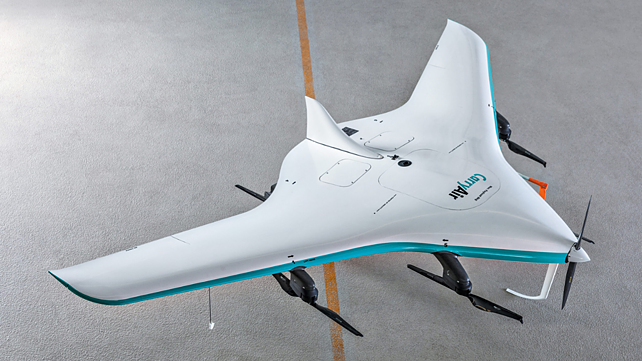
The rapid spread of the Omicron variant of the COVID virus has thrown a spanner in the works of the Consumer Electronics Show 2022, as several large mobility and tech companies have already pulled out of physical presence in the mega event, and the show itself truncated to just three days.
The organisers have now decided to drop the last day of its 2022 tech conference in Las Vegas as an additional safety measure amid surge in COVID cases. The show starts January 5, 2022.
In addition to leading automobile manufacturers, GM, BMW and Mercedes, Amazon, Facebook, Google, Microsoft, IBM, Panasonic and smartphone company, OnePlus are some of the leading players to have decided to participate virtually.
Nonetheless, quite a few large global suppliers would showcase innovations at one of the world’s most influential and popular tech shows. We bring to you some interesting highlights:
Bosch
Bosch, for instance, will be presenting connected, smart, and sustainable products and services for a better life – at home and on the road – the company said.
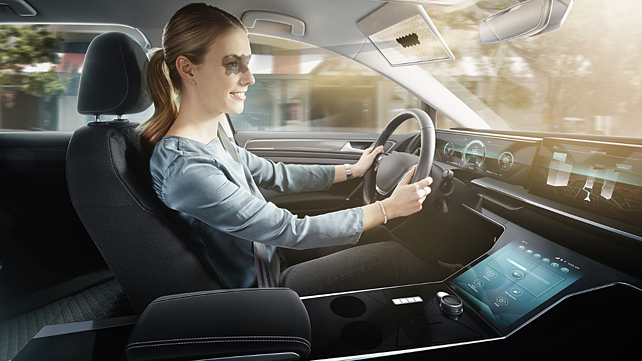
Bosch smart connected biking solution, eBike systems, has been named a CES 2022 Innovation Award honouree in the “Vehicle Intelligence & Transportation” category. The new smart connected biking solution merges the physical experience of riding an e-bike with the digital experience provided by connectivity and an app. This smart system comprises the new eBike Flow app, an LED user interface, colour display, rechargeable battery, and drive unit.
Bosch’s show car will demonstrate the group’s systems expertise and extensive know-how in software and hardware. Bosch’s central computers for the electronics architecture of the future will be used for assisted and automated driving, controlling vehicle motion, as well as for cockpit functions and body electronics.
Software, in fact, will define future connectivity, automation, and personalisation functions. Bosch annually puts more than 200 million control units running its proprietary software into vehicles worldwide. Bosch plans to pool the development of application-independent basic software and middleware, as well as cloud-based software modules for over-the-air software updates, at its wholly owned subsidiary ETAS.
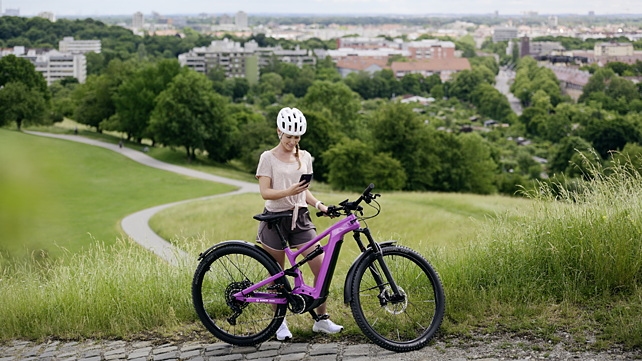
In addition, Bosch would be showcasing advanced driving module with pre-integrated components for electric cars; sensors and IoT solutions for the connected city and for more data security.
Magna
At CES 2022, Magna would be demonstrating how its complete vehicle expertise and systems approach touches all aspects of the vehicle from electrification to advanced driver assist systems, connectivity and new mobility.
“Being able to envision new possibilities across the entire vehicle through a lens of product optimisation and systems integration allows us to think like an automaker,” Swamy Kotagiri, Chief Executive Officer, Magna said.

The company will showcase its latest technologies for clean and efficient mobility such as electric powertrain systems, active aerodynamics systems and battery enclosure solutions using full-sized vehicle and technology displays, mixed reality and product animations,
Notably, Magna’s ICON Digital Radar has been awarded the CES 2022 Best of Innovation Award in the Vehicle Intelligence and Transportation category. ICON Digital Radar sets a new standard for driver-assistance technology, and is a market first in the automotive industry and is expected to debut on the all-electric Fisker Ocean in 2022, the company announced recently.
IAV
Berlin-based Tech Solution Provider IAV is headed to Las Vegas under the motto “We move the world – with technology and engineering”, albeit virtually. The company where it will present smart developments and solutions for tomorrow’s mobility.
Two of the three showcase highlights for IAV are from the field of cybersecurity: Zonal Safety – Cyber Defense Systems and Automotive Cyber Defense Center (ACDC). The third is an autonomous fuel cell aircraft called CarryAir.
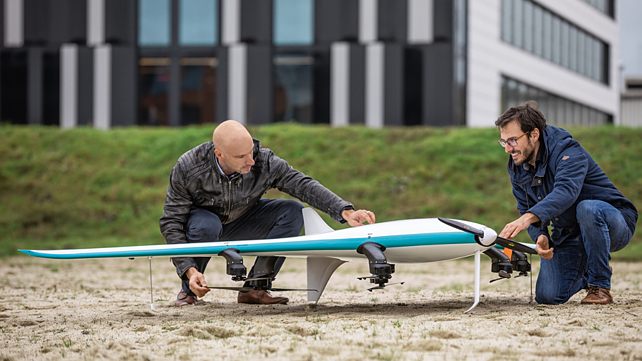
In order to keep the complexity of increasing software in modern vehicles manageable, IAV has developed a concept for zonal protection. Zonal gateways and Ethernet bring structures that enable new approaches to cyber-attack protection. For the purposes of illustration, the engineering team has integrated a cyber defense system into a commercially available vehicle. This not only protects the vehicle as a whole, but also the individual control units and the functions stored on them have their own protection mechanisms.
Secondly, as vehicles are increasingly networked with each other and with their infrastructure, it is no longer enough to equip individual vehicles with their own security systems. Using an approach to a cybersecurity defense center, IAV shows what happens when a virus spreads across entire vehicle fleets, enters a GPS cloud or manipulates the infrastructure. The defense center will detect and analyse such potential nightmare scenarios and initiate countermeasures. For this purpose, it constantly investigates the mentioned systems for anomalies.
The autonomous body of CarryAir will be used for inspection flights and the analysis of power paths and pipelines as well as for the protection of terrain areas such as factory premises. A fuel cell drive train guarantees a significantly increased range compared to a battery-electric powertrain. Compared to the helicopters used to date mainly for these missions, CarryAir will be more cost-effective in terms of flight execution, said IAV.
Hyundai MOBIS
Hyundai MOBIS will showcase its eco-friendly mobility vision at CES 2022 – the M.Vision POP is a battery-run EV, while M.Vision 2GO is a fuel cell-run EV. These two shared mobility concept vehicles combine e-corner module technology for 90-degree rotation of all four wheels and easier parallel parking, a communication lamp on the front grill that engages nearby pedestrians for safer autonomous mobility.
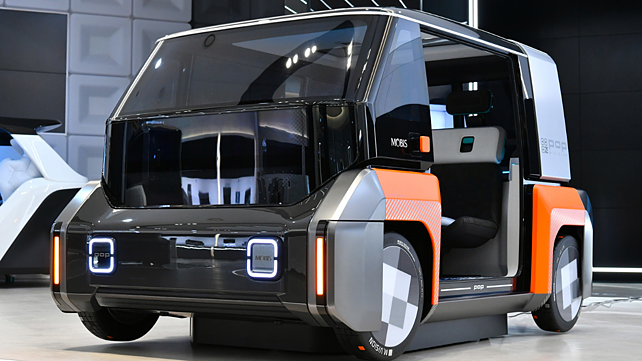
The company has said CES attendees will be able to experience the concept vehicles in the metaverse. Visitors to the exhibition can create a personalised avatar, upload the avatar to M. Vision Town, Hyundai Mobis’ metaverse space, and “test drive” each concept vehicle’s capabilities.
The company will also showcase 20 new products available for global orders, including integrated cockpit, in-vehicle infotainment (IVI), head-up display (HUD), electrification, and lamp technologies.
Hyundai Mobis’ parent company, Hyundai Motor would present its vision of unlimited mobility enabled by robotics and metaverse at CES 2022 under the main theme of ‘Expanding Human Reach’.
Hyundai is looking at showcasing how the company’s robotics business will drive the paradigm shift towards future mobility, going beyond the traditional means of transportation and fulfilling mankind’s aspiration for unlimited freedom of movement.
The South Korean automaker will also showcase its new PnD (Plug & Drive) robotic module platform under the new concept of Mobility of Things (MoT), which aims for the provision of mobility in everything — from traditionally inanimate objects to even community spaces.